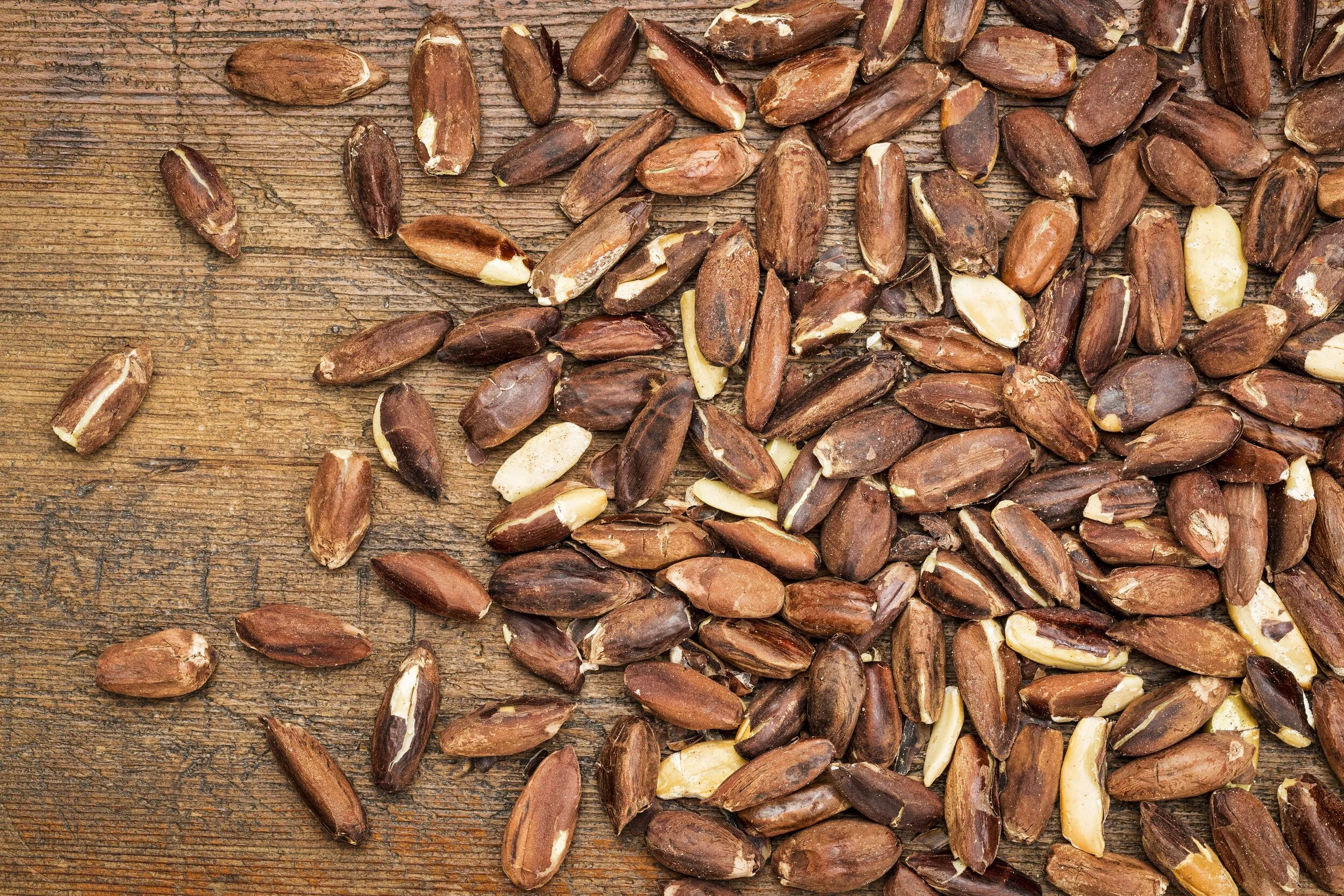PILI NUT: THE NEWEST SUPERFOOD
/The global nuts and nut meals market is predicted to experience a CAGR of 5.2% during the forecast period (2018-2023). Many top players are investing in nut meals due to the increasing popularity of paleo diets, so when a “new” nut enters the marketplace, people listen. The pili nut (pronounced peel-ey) is that such nut. Taken from the Pili tree - an evergreen native to the volcanic soils of the Philippines and Northern Australia, the pili nut stands out for being particularly buttery. Vogue even described it as the “plant-based foie gras”. Its great taste and vast health benefits make it the superfood to look out for.
THE PILI’S NUTRITIONAL PROFILE
Perhaps the greatest strength of the pili nut is its nutritional profile. The nut is rich in magnesium (85 milligrams in one ounce serving), potassium, vitamin E and iron. For those on a ketogenic diet, pili nuts will have great appeal, since they possess the lowest carb count of all the nuts. The pili nut is also an incredible source of antioxidants, and contains oleic acid (monounsaturated fats), which are known to help decrease cholesterol. The nutritional benefits of the pili are the reason it’s been deemed a the world’s new ‘supernut’. Attention must also be paid to their taste; when raw they have a similar flavor to a toasted pumpkin seed.
The roasted pili nut.
THE NUT COMPETITORS
Nuts continue to thrive in the snack food industry. With a global market value of US $15.8bn they have the third largest market segment in terms of snack industry value, right behind processed snacks (US $38bn) and potato chips (US $26.7bn). The cashew nut has the largest global market nut share, followed by peanuts and almonds. So the humble pili faces stiff competition. But the pili nut is certainly exotic and different. One recently launched company, Mount Mayon, sell the pili nut and specifically reference their product’s origin in fertile soil using the powerful slogan “volcanic: the new organic.”
THE PILI AS A DAIRY SUBSTITUTE
Of course the pili is not just for snacking on, it can also be harnessed to create non-dairy milk, butter and yogurt, in a similar way to its sibling nuts. Lavva, a dairy-alternative yogurt producer, combines the pili nut with other plant based ingredients to make a non-dairy yogurt which is sold in Whole Foods. “I started experimenting with a ketogenic diet and struggled with eating the same foods over and over,” Lavva founder, Elizabeth Fisher says. “It got to the point that I couldn’t stomach one more macadamia nut and had to find something new. Luckily I came across the pili nut, which is chock-full of healthy fats, and was amazed to learn how versatile it was. It hadn’t been used in any food products in the U.S. in a mainstream way, and I saw a huge opportunity.”
The pili nut is undoubtedly an exciting snack industry prospect. Packed with bioavailable vitamins and minerals and perfect for those following a paleo diet, it has many potential long term food and beverage uses including as snack bites, pesto, as a dairy alternative, as a smoothie mix, muffin topper, as crackers, or as a topping for meat or fish.









